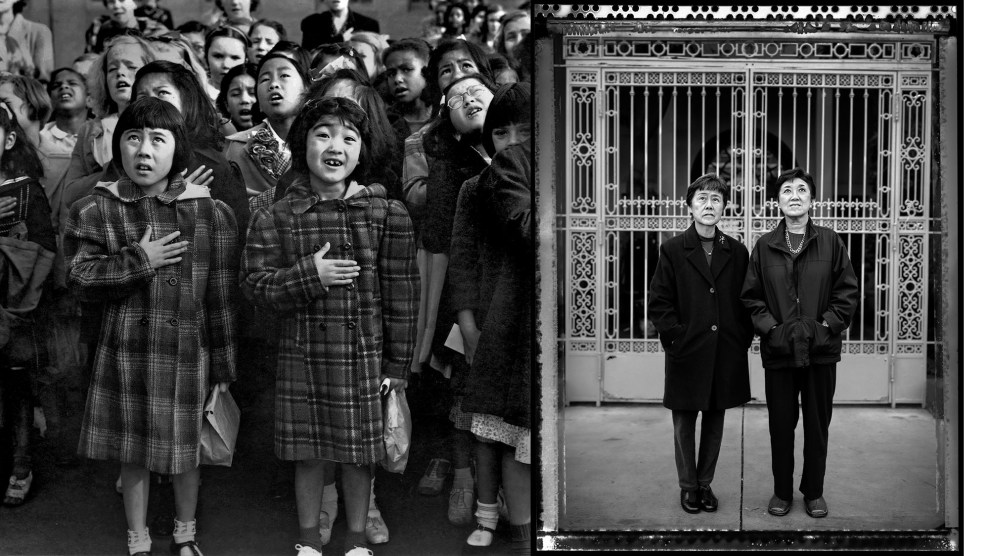Why are Europeans, Germans perhaps most famously, obsessed with Native Americans? So many reasons: The chance to delve into a past where the bad guys are not your grandparents. A crowded continent’s longing for wide open spaces. A romantic attachment to an idealized “authentic” humanity, rooted in the anti-industrial backlash of the 1800s. And, of course, Karl May, the 19th-century writer who devoured James Fenimore Cooper while in prison and cranked out novels of the American West (and the Middle East, and the fantasy planet Sitara) that have been best-sellers for going on 125 years. May’s most enduring hero, Winnetou, wages a heroic, doomed battle against the railroad and white settlement, and the books’ juxtaposition of bareback-riding freedom and overweening state power (plus a heavy dose of Christianity), made them an underground sensation behind the Iron Curtain. Today, Indian clubs from Prague to Potsdam put on elaborate reenactments complete with acres of buckskin outfits while (mostly) waving off concerns about how redface paint and the appropriation of sacred symbols like eagle feathers might play with actual Native Americans. As one hobbyist informed Indian Country Today‘s Red Haircrow, “No people should be allowed to keep their culture just for themselves.”
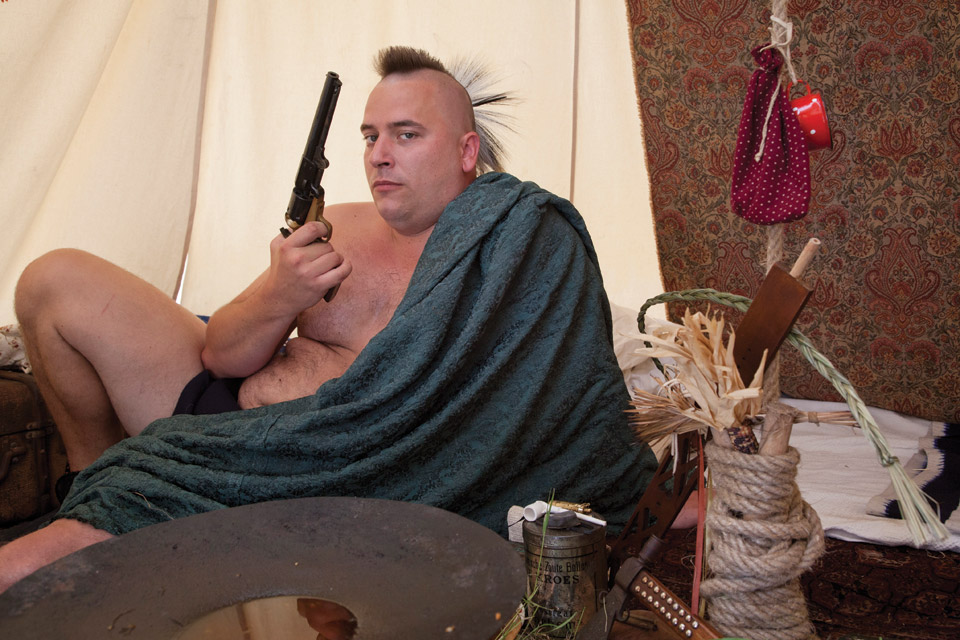
Jen Osborne/Redux
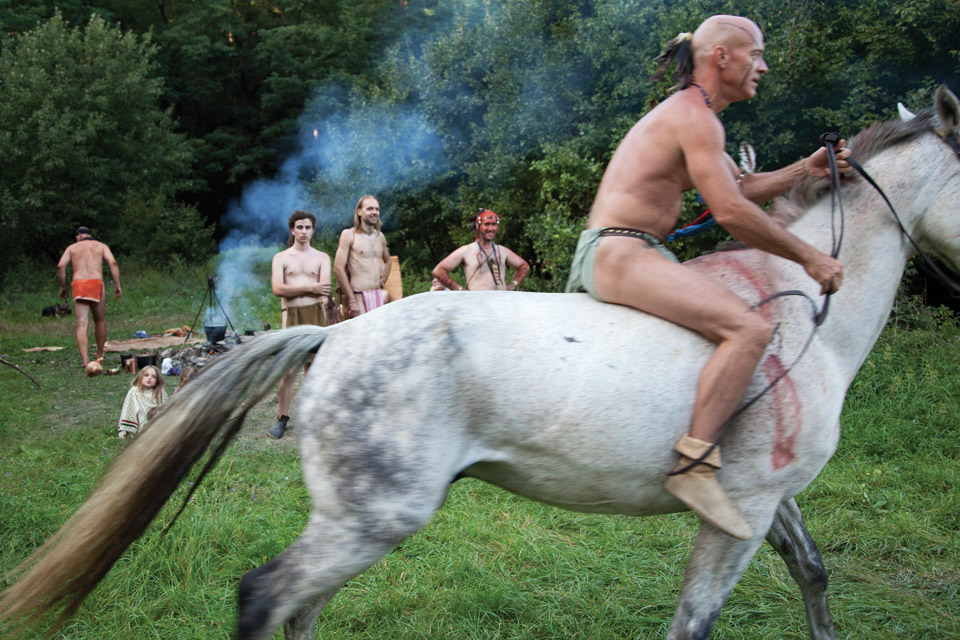
Jen Osborne/Redux
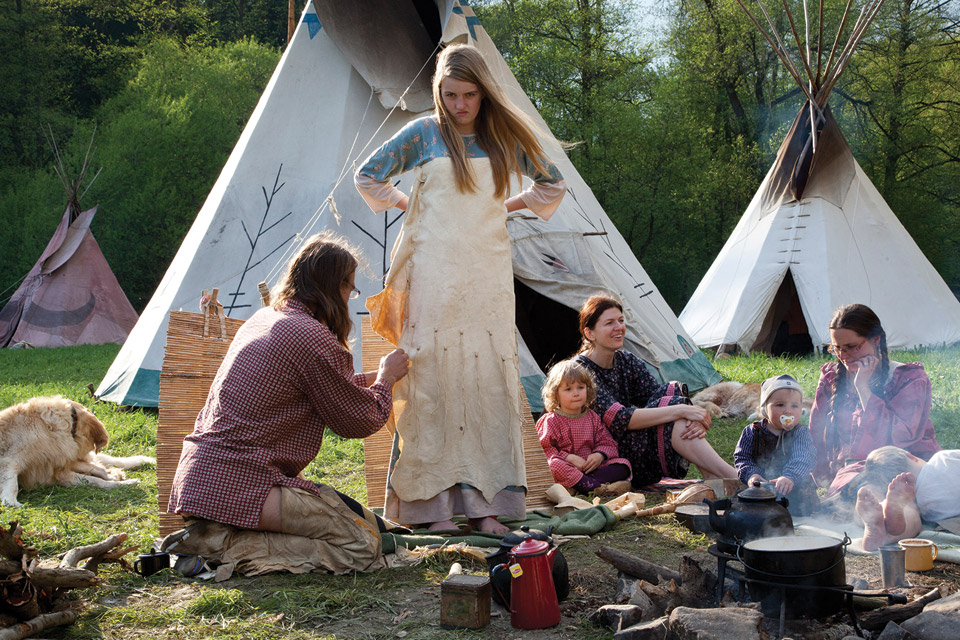
Jen Osborne/Redux
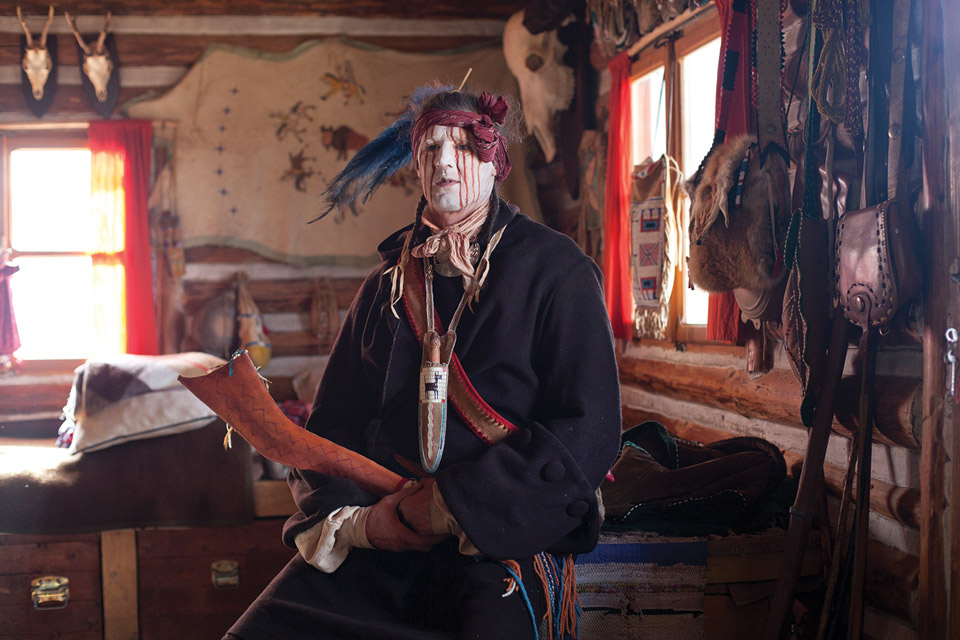
Jen Osborne/Redux

Jen Osborne/Redux
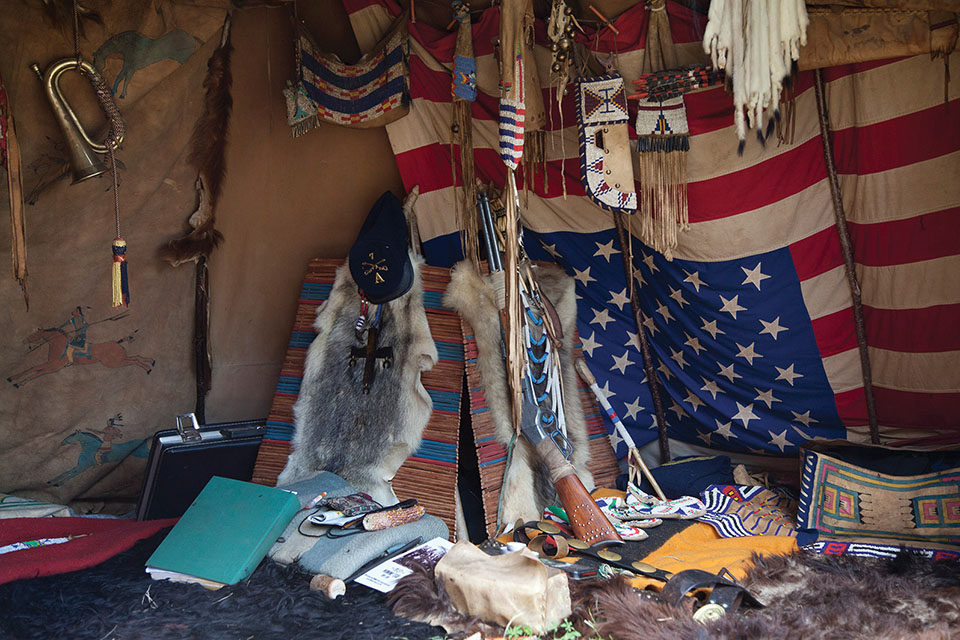
Jen Osborne/Redux
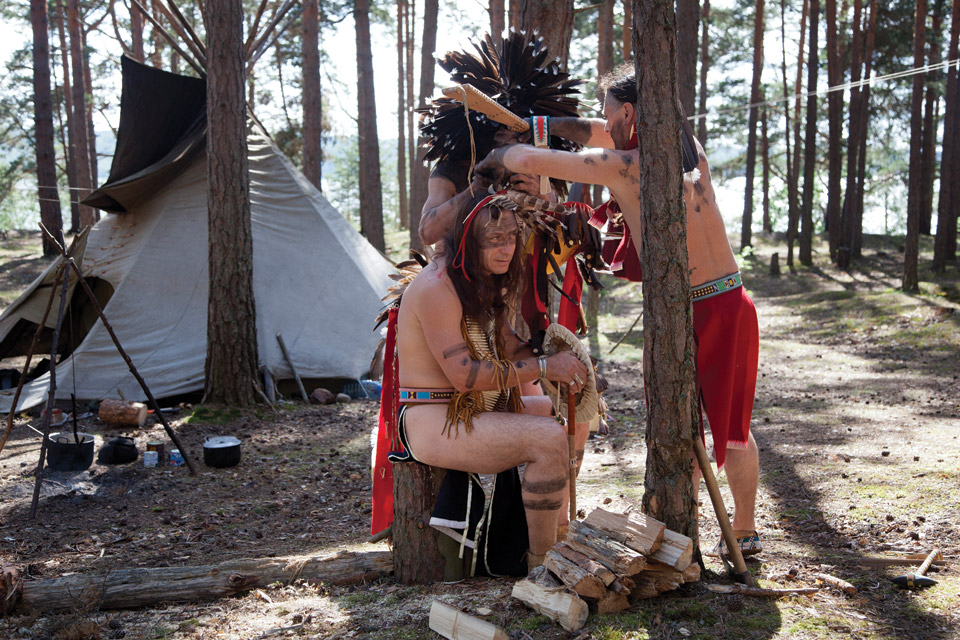
Jen Osborne/Redux
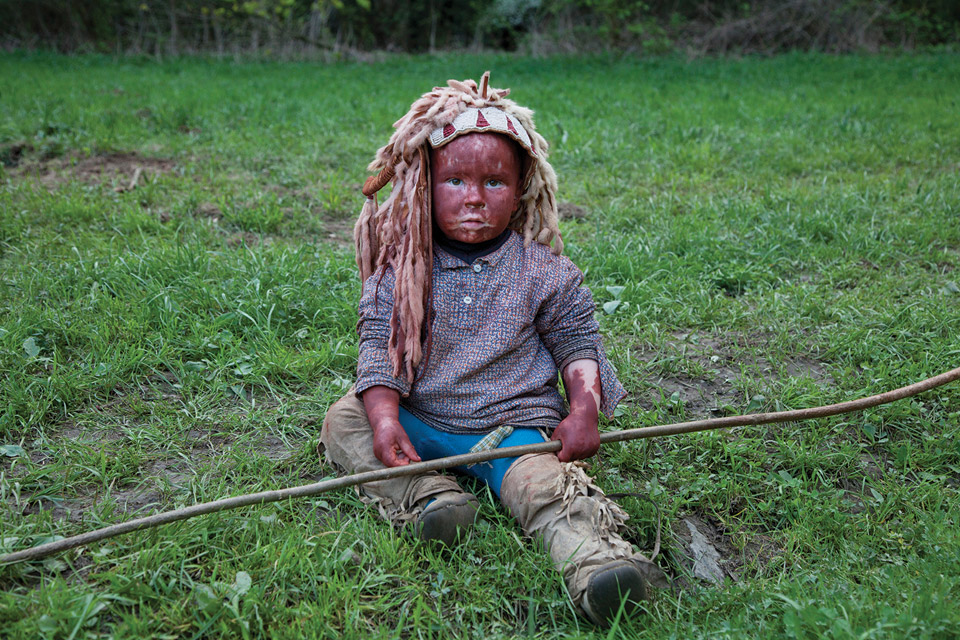
Jen Osborne/Redux
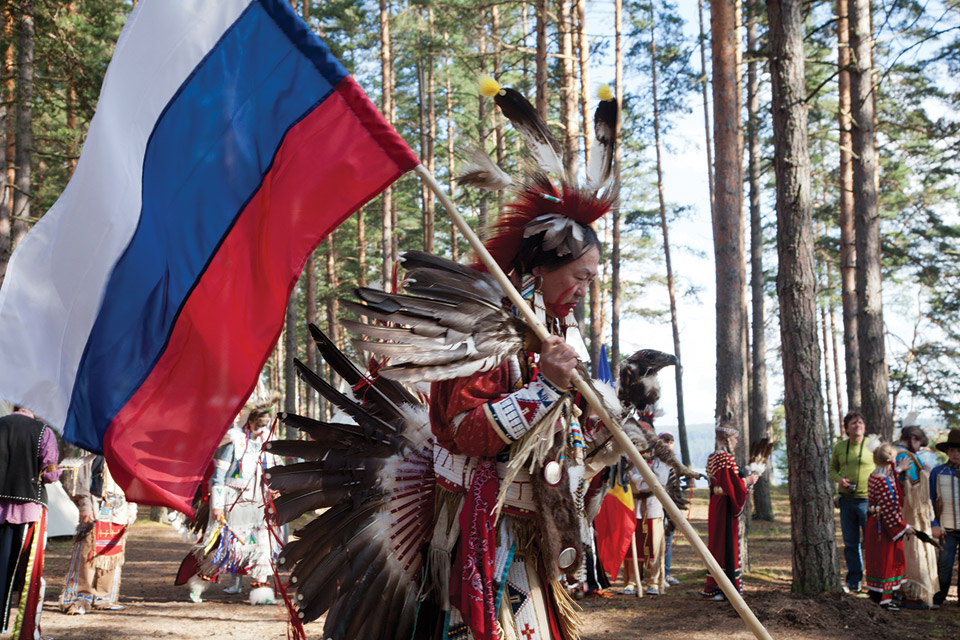
Jen Osborne/Redux
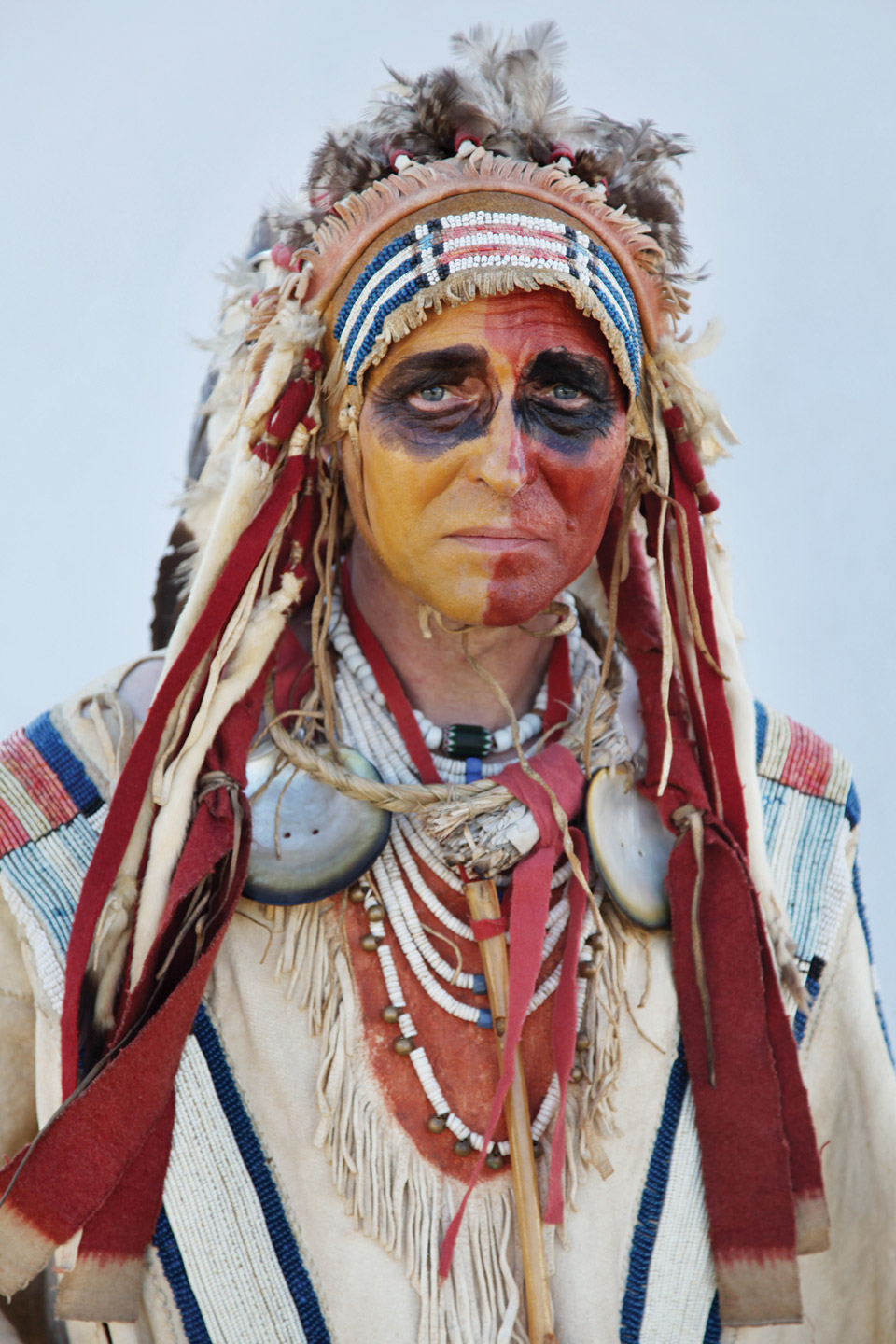
Jen Osborne/Redux

